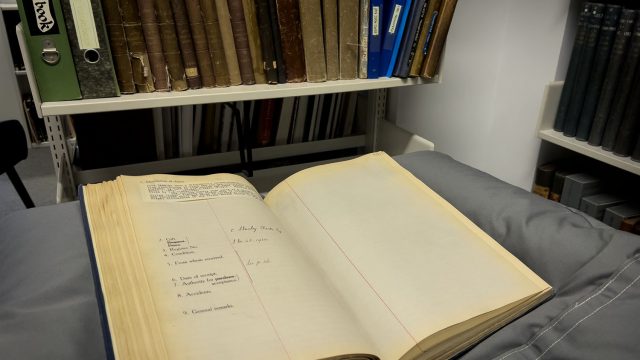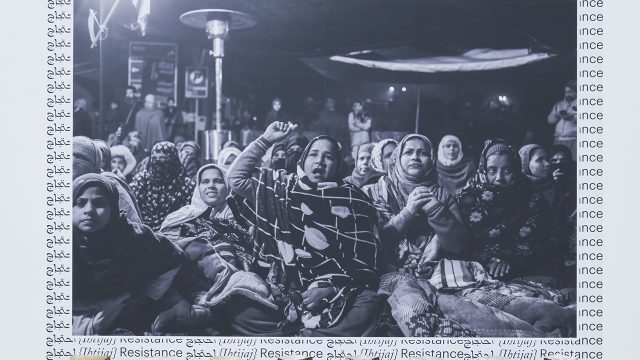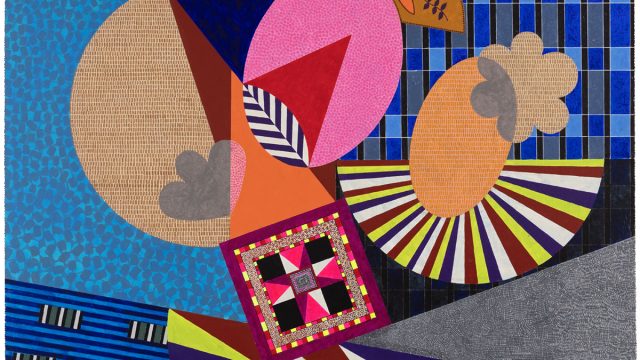Let’s go to the seaside! The children in the travel poster are having a great time exploring the bay. Do you have a favourite memory of the seaside? Do you recall any smells, flavours, textures or sounds in your memory?
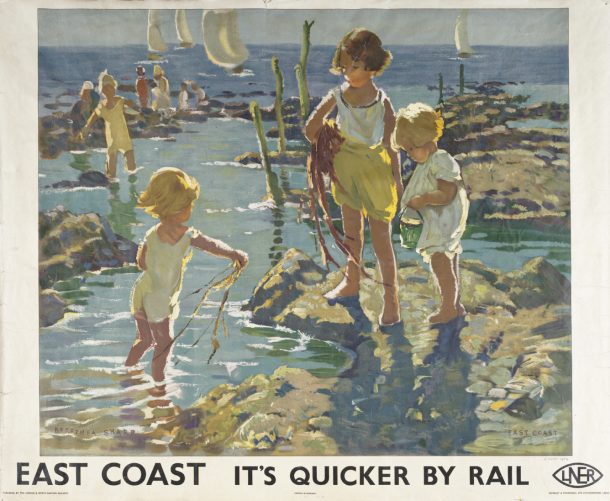
Have you ever wondered about how much water there is in the ocean? The ocean contains over 320 million cubic miles of water, covering almost 70% of our planet’s surface! The ocean provides us with the air we breathe, it balances the temperature of our planet, it gives us food, recreation, transport, medicine and much more.
The ocean has inspired many designers and artists. They sometimes use materials from the ocean to make their creations. Have a look below at a few examples from the V&A collections.
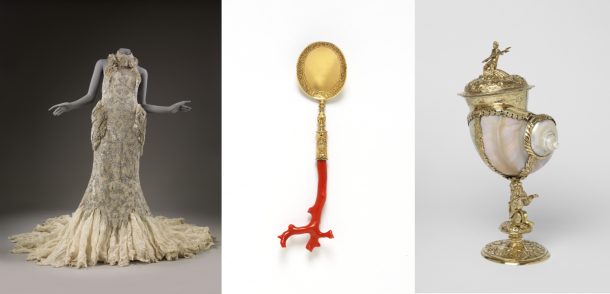
Did you notice the sea foam-like fabric in the bottom of the Oceans dress? What sound would the fabric if someone walked in the dress? The shell with golden decoration served as a cup. The golden spoon takes its organic shape from the red coral handle. Did you know that a long time ago, coral was used in design to protect its owners from evil magic?
Let’s journey under the sea
The ocean is full of life. There are forests of sea plants and thousands of species of weird and wonderful animals. Ocean life beams with intriguing colours, and it takes on a lot of different shapes and textures. What sea creature do you think looks the most curious? Is it an octopus, a crab, a seal or something completely different?

In the past, people would come up with fantastical stories about mythical creatures living in the sea. These beings would often be a combination of different animal species or an animal and a human, like mermaids or nymphs. Do you have a mythical character living in water in your culture?
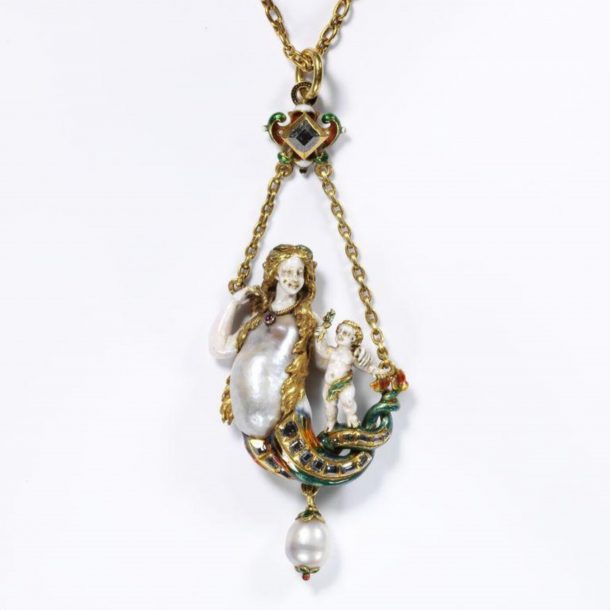
Even today, we only know about 10% of all sea animal species. This leaves us with a lot of space for imagination! What animals do you think we are yet to discover in the ocean?
Now is your time to design a surreal sea creature! Have a go at our Surreal Critter family activity here and get creative.
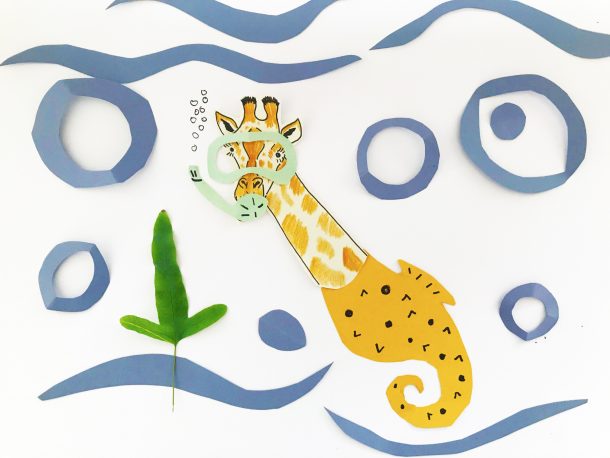
Let’s look deeper
Although ocean life seems balanced and resilient, it is actually very fragile. A lot of waste humans throw away ends up in the ocean – like used plastics. Ocean plastics create a big problem, and harm the entire ocean ecosystem. Increasingly, designers are coming up with creative solutions to stop plastics from ending up in the sea and remove plastics that are already there.
The clothing brand Patagonia has designed clothes like this orange jacket, made entirely from thrown-away plastics. The company has collected used plastics, shredded them into tiny pieces and made thread. The thread was then dyed and woven into a fabric like the one this jacket is made of.
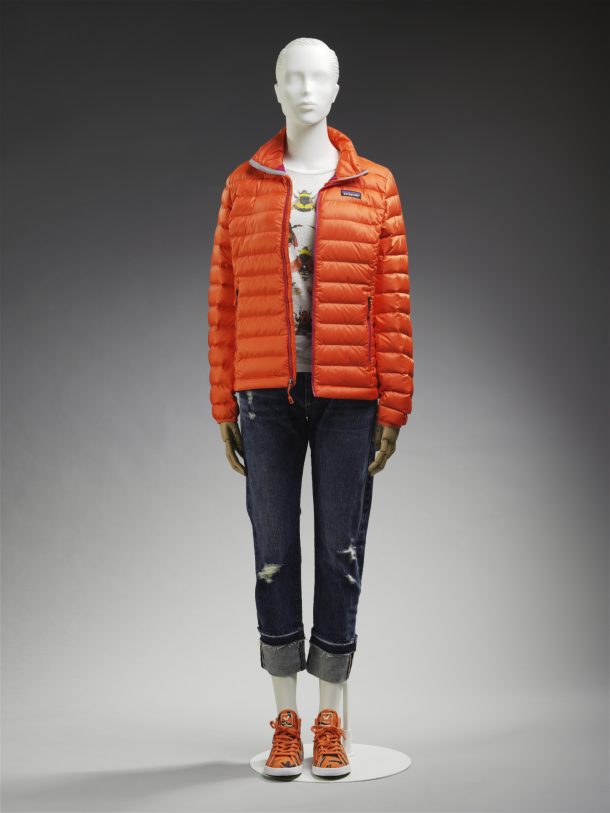
Let’s design out ocean plastics
Let’s design a solution to reduce the amount of plastics in the ocean. The more ideas for a solution we have, the bigger chance there is to improve life in the ocean.
- Let’s think like designers addressing a real-life problem
How can we use ocean plastics as the main material in a useful and exciting design?
What things do we need in life that might be made out of ocean plastics?
Maybe a pair of shoes, a park bench, bricks to build houses or something completely different.
Start with drawing your ideas. You can add notes and colours to your drawing to better explain your idea to others. Our idea is to create an inflatable armchair with solar panels that turn into lights after dark.
What will your design be?
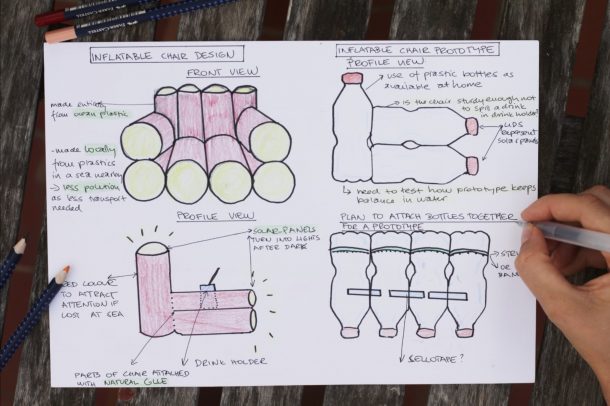
- Let’s prototype
Look around your house and in the recycling bin – watch out for any sharp objects. What can you use to design a prototype? Maybe some plastic bottles and cups, plastic bags and plastic boxes? Remember, prototypes don’t need to look perfect. We make them to experiment and to test our ideas.
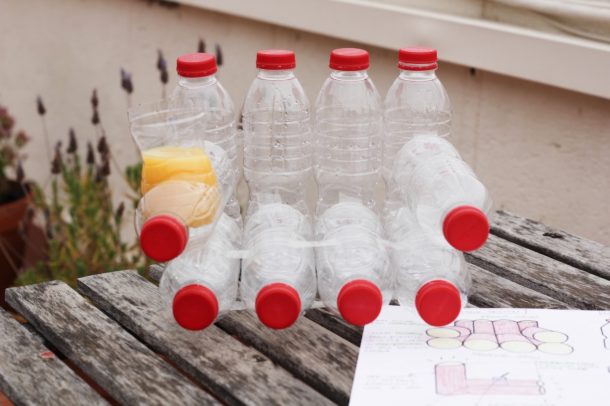
- Now is the time to test your idea to make it work in real life
Think about the main purpose of your design. Do you need to test your design’s sturdiness, flexibility or if it floats on water? What is the best way of testing it?
Talk to your family of friends, just like designers discuss their designs with others, to come up with the best way to improve it. When you no longer need your prototype, don’t forget to take it apart again and recycle all parts.
Well done for creating a solution to get rid of ocean plastic! Share your ideas and prototypes with us using #LetsMakeWednesdays and #VamFamilies
